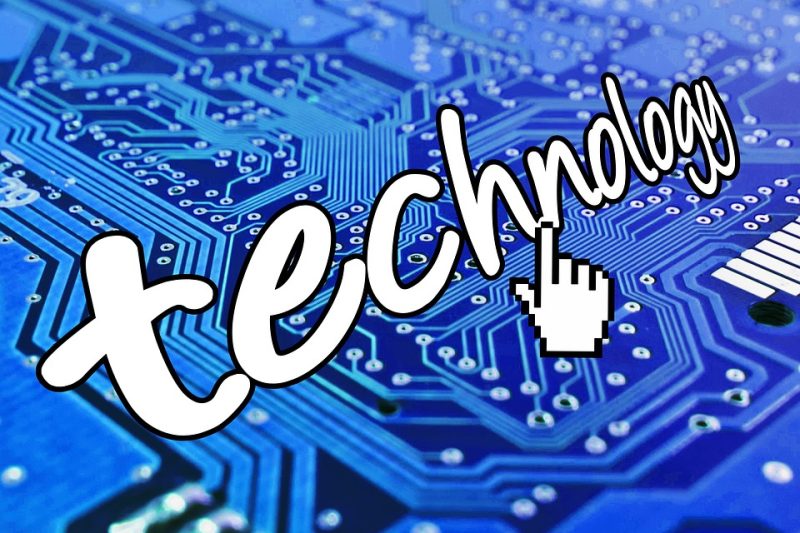Peripheral Component Interconnect (PCI) is really a computer bus created for attaching hardware devices inside a computer. The PCI interface is typical in the current computers, and largely regarded as a ubiquitous internal PC connection. PCI-SIG, the organization chartered to build up and manage the PCI standard, released the PCI 1. specs in 1992. It had been an element-level specs. The following year, the PCI 2. specs was launched called the first to determine standards for that connector and motherboard slot. PCI 3. is easily the most recent iteration from the standard however, it’s still under development inside the PCI-SIG.
PCI Express
PCI Express (PCIe) may be the latest I/O interconnect technology standard for PC expansion cards, also it is built to ultimately replace conventional PCI standards. PCIe can be used in consumer and industrial applications, including linking motherboard-mounted peripherals for example SATA drives, USB ports and seem cards as well as an expansion card for add-in boards.
PCIe uses point-to-point serial links, while earlier versions from the PCI standard make use of a parallel bus architecture. This will make bidirectional bandwith possible, enhancing performance when several device pairs are communicating concurrently. PCIe remains suitable for legacy PCI solutions – a PCIe device may be used with older hardware according to earlier PCI specifications.
PCIe 1. and a pair of.
PCIe technologies are continuously developing and improving. In 2004, Apple first introduced the PCIe 1. specs. A version 1.1 soon adopted, offering minor revisions towards the specs.
In 2007, PCI-SIG announced accessibility to the PCIe 2. specs. This bending the information rate of every lane and continued to be backward suitable for PCIe 1.1, to ensure that last generation cards would still have the ability to operate in machines with PCIe 2. slots.
ExpressCard
ExpressCard technologies are a typical introduced in 2003. The ExpressCard standard offers a thin, fast and lightweight modular expansion to PC users. Consumers can also add memory, wireless and wired communications cards and security devices to computers by inserting prepaid credit cards to their systems. All ExpressCard slots accommodate modules involving PCIe or Hi-Speed USB (USB 2.).
The ExpressCard slot continues to be incorporated on mid- to high-range laptops including Apple’s MacBook Pro line. Because laptops frequently have only one expansion slot, replacing laptop computer card slot by having an ExpressCard slot produces a lack of compatibility with PC-card peripherals.
A PCIe card can squeeze into a slot of their size or bigger. The amount of lanes linked to a slot might be less compared to number based on the slot size. This enables for PCIe cards for use without requiring the motherboard hardware to aid the entire transfer rate, which will keep lower design and implementation costs.




